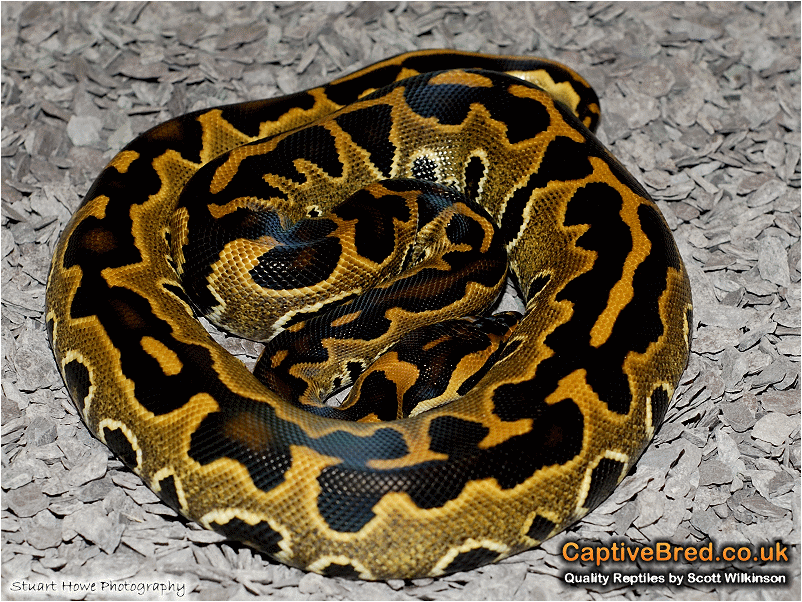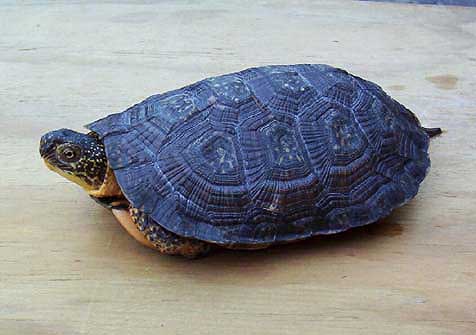I took a Genetics course (high school) in the 11th grade, and can account for what Rick and Phil are saying in regards to mantis cross-breeding. However, as far as
if it were possible and selling it to other breeders, I wouldn't for the possibility of it escaping (whether purposeful or accidental) and it having a detrimental effect on nature. Recall the infamous killer bees (cross bred between African bees and European bees) that are still spreading north and causing a decline in naturalized bee populations :angry: . I think that the assumption of the tropical mantids not surviving in the states (or any other area they aren't native to) is just that... an assumption. After taking a genetics class, I know that it is very possible for some specimens to survive in an environment that would otherwise see their demise. After surviving and successfully reproducing, they could evolve under these conditions and develop resistances to the very environment that would kill them (heat resistance, cold resistance, humidity changes, breeding periods, etc). This is especially true in insects that have a relatively short life span and produce many offspring (I guess mantids could apply here, although compared to other insects such as Drosophila, they aren't the typical case

). My point is, if a sufficient amount of exotic mantids were to be released into the wild, you could rest assure that there is a probability that even a small population of that species may survive to spawn a second generation.
Now, let's say for instance that two species of mantids were cross-bred and able to reproduce, I assume that it would take the work of geneticists and/or taxonomists to determine whether or not this "hybrid" is actually a sub-species, able to interbreed with other sub-species and their "parent" species (differing in DNA sequences with other sub-species), or a new species that can only reproduce with others of its kind (having a different genetic makeup preventing interbreeding with other species). Of course, both of these are unlikely, as the F1 generation of a species (recall that species either have multiple sub species or none at all) would most likely be sterile (e.g., ligers). But for the sake of argument, let's say that a sub species (or maybe even a new species) were formed from naturalized mantids (for instance, Tenodera sinensis and angustipennis although no "hybrids" have been confirmed), I can only imagine what traits would be deemed "favorable" by mother nature and what would be lost either due to inheritance (dominant/recessive genes) or detrimental to survival (natural selection). It would also be interesting to note whether or not the hybrid could even survive in the environment or if it would thrive, replacing the pure breds.
Now as Phil said about dogs, they are different breeds of the same species. I don't think many people know the difference between breed and species (know that species are morphologically isolated from other species). However, these different breeds, if left to their own devices and mankind were to disappear (you should watch Life After People, a documentary about how the earth as we know it would change if man were to vanish) would undergo the stress of nature leading to the "unfit" breeds such as shitzus and poodles to either die off or interbreed with the "fit" breeds. This would ultimately lead to the formerly domestic canines reverting back to same or similar "breed" (resembling one another and passing on their traits uniformly). So in this instance, dogs may or may not contribute to the argument depending on whether or not the hybrids in question could interbreed with the pure breds. If not, it's a moot point.
I personally wouldn't mind seeing some cool, flashy mantis hybrid (as if people need a
hybrid to see a "flashy" mantis


), however I also understand the genetic and overall ecological implications that come with a viable creation. If left to me, I would just keep it and take a bunch of pictures (forget selling it or releasing it). And if it's sterile it would just die in my care. If I find it to be fertile, I'd alert some scientific community and let them handle it

. That's the best course of action before selling something just "discovered". However my interest really isn't in the phenotype but the genotype. I would want to know how large the mantis could grow (okay maybe that is phenotype), it's temperament in feeding, breeding, etc, and other factors that are actually the cornerstone of the survival of these insects. Oh and Phil, female ligers and tigrons are fertile, but they can only reproduce with either lions or tigers (not the male hybrids). I think you may have meant that, but I'm just clarifying

. Anyway, all of this is really interesting, and please correct me if I'm wrong on anything I said. I'm also glad to see this thread progressing with intelligent thought (rather than one side screaming at the other that it's "wrong" and an abomination) without giving any insight or reasoning.


















































